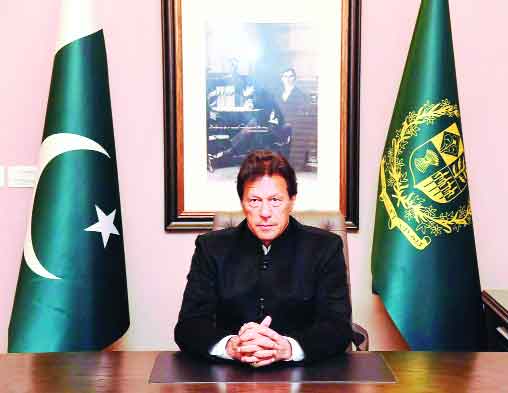The retaliatory strike was expected but India now needs to keep up a diplomatic offensive and get back IAF pilot
When you are pushed to the wall, there is little else you can do except flail your limbs violently in confusion and chaos. That’s what has happened with Pakistan, which expectedly sent its jets across our airspace, lit up the entire LoC through the night with a ground offensive and rallied itself for an aerial dogfight as a last resort to rescue some credibility after the IAF blasted a Jaish base on its soil. And in gross misadventurism, it attempted to attack our military installations to teach us a lesson that it had the “will and capability for self defence.” While our MiG-21s chased its fighter jets back and shot one of them down, we lost one of ours to the other side with an IAF pilot missing in action. In a complicated air adventure such as this, there is bound to be collateral damage and our main concern now is to ensure his safe release diplomatically. The crucial point to note is while IAF attacked a Jaish training camp, avoiding Pakistani military and civilian casualties, Islamabad had no such motive as India does not have any terror camps or facilities inimical to it. So the Pakistani retaliation was aimed at striking at our military confidence and was no less an act of aggression couched as retributive justice.
What our neighbour had not reckoned was that no country, including China, would support it after India’s air strike. What it had not bargained for was that the entire world was now losing patience with its oft-repeated plea of threat perception from India when in fact the world was at risk from the terror havens it nurtured and harvested. In its own backyard, both Afghanistan and Iran have openly accused it of aiding terror acts. What it had not foreseen was a gradual slippage in the US list of priorities despite aiding the Afghan peace talks. But most of all, it had never expected India to follow the US model of taking out Osama bin Laden from Abbottabad and target the Jaish. For long, the Pakistani military establishment has been using terrorists to wage a proxy war and bleed us on all fronts. Now with that cover blown, it stands exposed, is in desperate need to justify its existence and seen to be acting from the frontlines. And for all the puppet regimes it has foisted and dethroned at will, it needed to put up an act for its domestic audience. But that has also misfired with its own citizens arguing for simmering down tensions and Pakistan Prime Minister Imran Khan parroting the old talk of resuming dialogues. The US, which is keeping a keen eye on developments in the sub-continent, repeated its warning to Pakistan to crush terrorist camps and is in constant advisory mode with its establishment. China has asked Pakistan to operate within the Financial Action Task Force (on Money Laundering) norms, in short asking it to address its terror networks. Former Pakistani Ambassador to the US Husain Haqqani has gone on record saying, “It is telling that no country has spoken out in Pakistan’s favour after the Indian air strike.” Pakistan, clearly isolated by the world, has to understand that its hyper-nationalist sentiment has no takers and more than a skirmish in the airspace, it has to now look for ways to de-escalate and take verifiable action against the terrorists it harbours. More than just taking over the Jaish seminary in Bahawalpur. And its civil society has to give the big push. For India, which has proven a point about the need to protect its civilians from terrorists on foreign soil, it is time to consolidate its diplomatic gains, build on good opinion and secure the release of its soldier first. Then it can keep up the diplomatic pressure on Pakistan. Both sides, nuclear powers at that, could head for a serious crisis if they continue a tit-for-tat. Can both nations afford to be in perennial high alert mode?


























